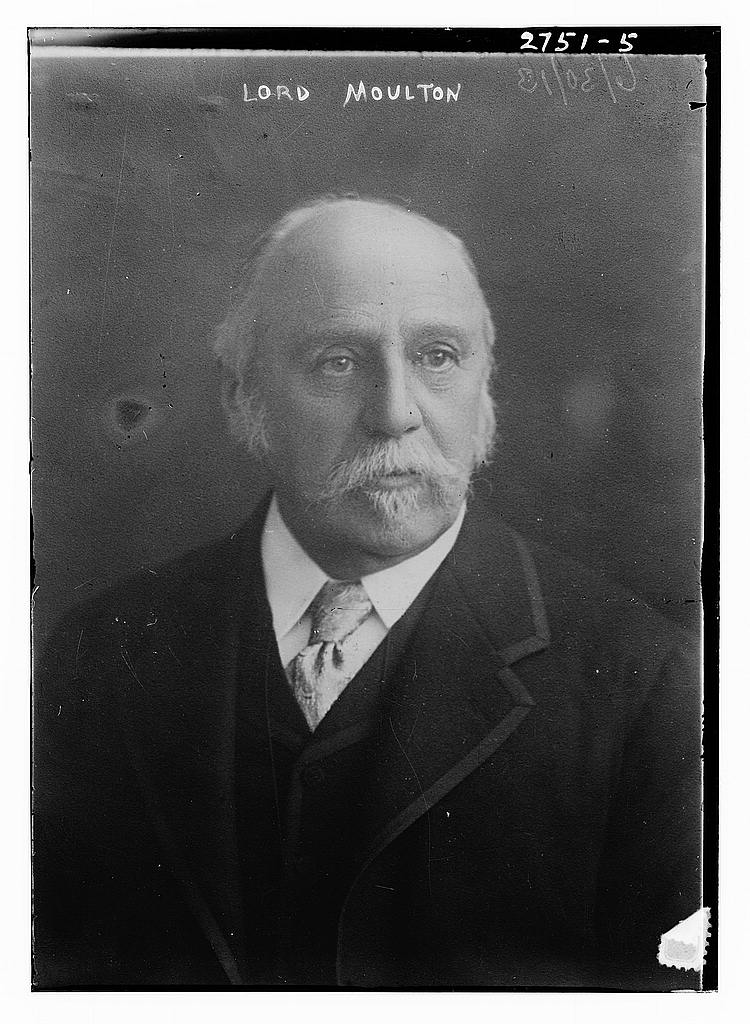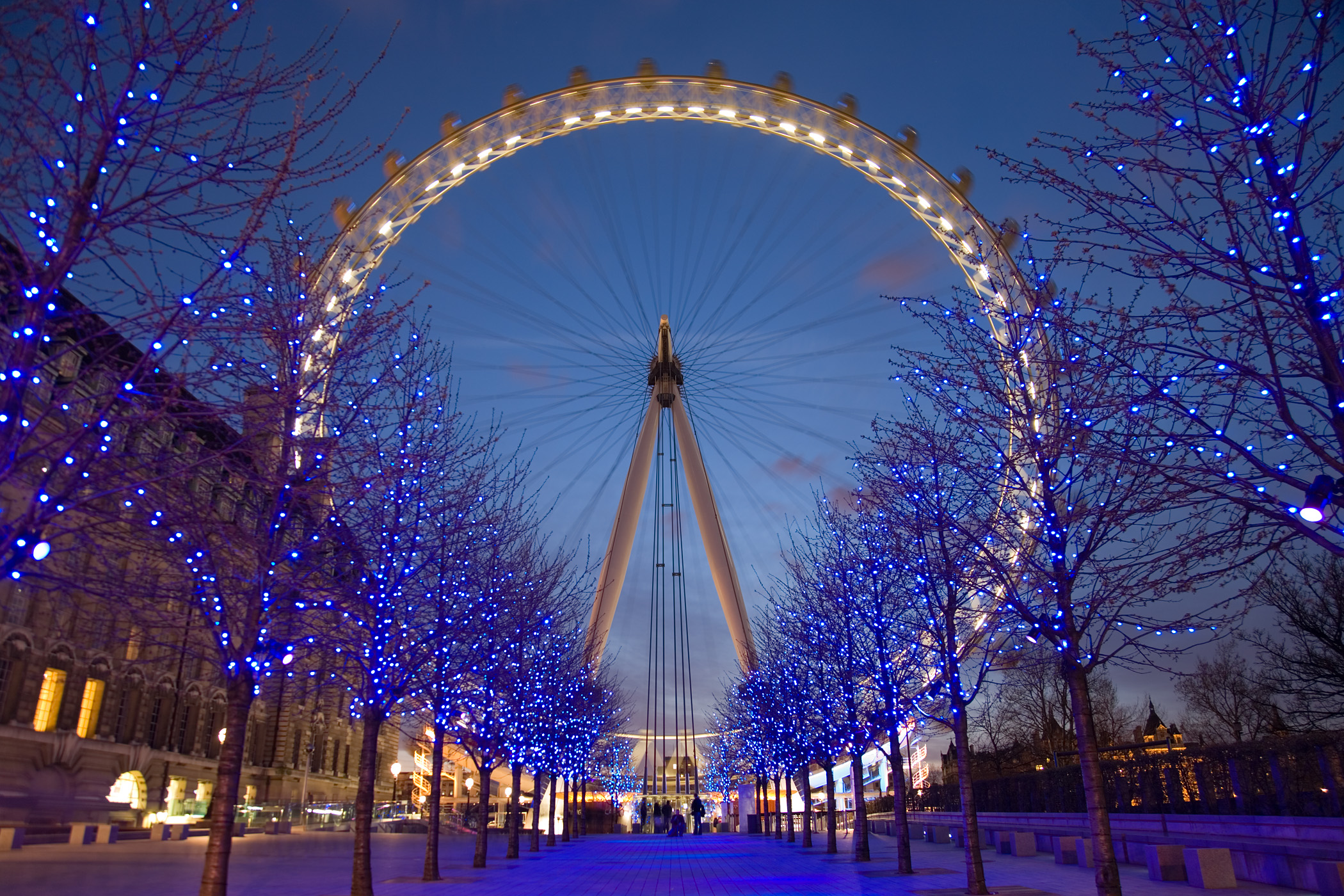|
Clapham (UK Parliament Constituency)
Clapham was a borough constituency in South London which returned one Member of Parliament (United Kingdom), Member of Parliament (MP) to the House of Commons of the United Kingdom, House of Commons of the Parliament of the United Kingdom, UK Parliament. It was created in time for the 1885 United Kingdom general election, 1885 general election then altered in periodic national boundary reviews, principally in 1918, and abolished before the February 1974 United Kingdom general election, February 1974 general election. In its early years (until 1918) the seat was officially named Battersea and Clapham Parliamentary Borough: No. 2—The Clapham Division. Boundaries 1885–1918: In 1885 the constituency was established as one of two divisions of a new parliamentary borough to be named Battersea and Clapham, in the northern part of the historic county of Surrey. The Redistribution of Seats Act 1885 provided the constituency, carved out of a corner of East Surrey, was to co ... [...More Info...] [...Related Items...] OR: [Wikipedia] [Google] [Baidu] |
Clapham
Clapham () is a suburb in south west London, England, lying mostly within the London Borough of Lambeth, but with some areas (most notably Clapham Common) extending into the neighbouring London Borough of Wandsworth. History Early history The present day Clapham High Street is on the route of a Roman road. The road is recorded on a Roman monumental stone found nearby. According to its inscription, the stone was erected by a man named Vitus Ticinius Ascanius. It is estimated to date from the 1st century. (The stone was discovered during building works at Clapham Common South Side in 1912. It is now placed by the entrance of the former Clapham Library, in the Old Town.) According to the history of the Clapham family, maintained by the College of Heralds, in 965 King Edgar of England gave a grant of land at Clapham to Jonas, son of the Duke of Lorraine, and Jonas was thenceforth known as Jonas "de fClapham". The family remained in possession of the land until Jonas's great- ... [...More Info...] [...Related Items...] OR: [Wikipedia] [Google] [Baidu] |
1892 United Kingdom General Election
The 1892 United Kingdom general election was held from 4 to 26 July 1892. It saw the Conservatives, led by Lord Salisbury again win the greatest number of seats, but no longer a majority as William Ewart Gladstone's Liberals won 80 more seats than in the 1886 general election. The Liberal Unionists who had previously supported the Conservative government saw their vote and seat numbers go down. Despite being split between Parnellite and anti-Parnellite factions, the Irish Nationalist vote held up well. As the Liberals did not have a majority on their own, Salisbury refused to resign on hearing the election results and waited to be defeated in a vote of no confidence on 11 August. Gladstone formed a minority government dependent on Irish Nationalist support. The Liberals had engaged in failed attempts at reunification between 1886 and 1887. Gladstone however was able to retain control of much of the Liberal party machinery, particularly the National Liberal Federation. Gladst ... [...More Info...] [...Related Items...] OR: [Wikipedia] [Google] [Baidu] |
Conservative Party (UK)
The Conservative Party, officially the Conservative and Unionist Party and also known colloquially as the Tories, is one of the Two-party system, two main political parties in the United Kingdom, along with the Labour Party (UK), Labour Party. It is the current Government of the United Kingdom, governing party, having won the 2019 United Kingdom general election, 2019 general election. It has been the primary governing party in Britain since 2010. The party is on the Centre-right politics, centre-right of the political spectrum, and encompasses various ideological #Party factions, factions including One-nation conservatism, one-nation conservatives, Thatcherism, Thatcherites, and traditionalist conservatism, traditionalist conservatives. The party currently has 356 Member of Parliament (United Kingdom), Members of Parliament, 264 members of the House of Lords, 9 members of the London Assembly, 31 members of the Scottish Parliament, 16 members of the Senedd, Welsh Parliament, 2 D ... [...More Info...] [...Related Items...] OR: [Wikipedia] [Google] [Baidu] |
John Saunders Gilliat
John Saunders Gilliat (24 November 1829 – 11 February 1912) was a British banker and Conservative politician. He was the son of and Mary Anne Saunders of Fernill, Berkshire. His father was founder J K Gilliat and Company, a merchant banking company that traded in England and America.''Obituary: Mr J S Gilliat'', The Times, 16 February 1912, p.9 He was educated at Harrow School and University College, Oxford. In 1860 he married Louisa Babington, daughter of Matthew Babington of Rothley and Frances Sykes, with whom he had six children. His daughter, Ida Sophia Gilliat, married George Vere Hugh Cholmondeley (b. 13 Sep 1871, d. 28 Mar 1925). In 1862 he joined the court of the Bank of England, and was Governor from 1883 to 1885, having previous served as its Deputy Governor. Gilliat's tenure as Governor occurred during the Panic of 1884. In 1886, he was elected as Conservative Member of Parliament for the Clapham constituency of south London. In 1891 he put his name forward as ... [...More Info...] [...Related Items...] OR: [Wikipedia] [Google] [Baidu] |
1886 United Kingdom General Election
The 1886 United Kingdom general election took place from 1 to 27 July 1886, following the defeat of the Government of Ireland Bill 1886. It resulted in a major reversal of the results of the 1885 election as the Conservatives, led by Lord Salisbury, were joined in an electoral pact with the breakaway Unionist wing of the Liberals led by Lord Hartington (later the Duke of Devonshire) and Joseph Chamberlain. The new Liberal Unionist party gave the Conservatives their parliamentary majority but did not join them in a formal coalition. William Ewart Gladstone's Liberals, who supported the Irish Home Rule movement, and their sometimes allies the Irish Parliamentary Party, led by Charles Stewart Parnell, were placed a distant second. This ended the period of Liberal dominance—they had held power for 18 of the 27 years since 1859 and won five of the six elections held during that time, but would only be in power for three of the next nineteen years. This was also the first election ... [...More Info...] [...Related Items...] OR: [Wikipedia] [Google] [Baidu] |
Liberal Party (UK)
The Liberal Party was one of the two Major party, major List of political parties in the United Kingdom, political parties in the United Kingdom, along with the Conservative Party (UK), Conservative Party, in the 19th and early 20th centuries. Beginning as an alliance of Whigs (British political party), Whigs, free trade–supporting Peelites and reformist Radicals (UK), Radicals in the 1850s, by the end of the 19th century it had formed four governments under William Ewart Gladstone, William Gladstone. Despite being divided over the issue of Irish Home Rule Movement, Irish Home Rule, the party returned to government in 1905 and won a landslide victory in the 1906 United Kingdom general election, 1906 general election. Under Prime Minister of the United Kingdom, prime ministers Henry Campbell-Bannerman (1905–1908) and H. H. Asquith (1908–1916), the Liberal Party passed Liberal welfare reforms, reforms that created a basic welfare state. Although Asquith was the Leader of t ... [...More Info...] [...Related Items...] OR: [Wikipedia] [Google] [Baidu] |
John Fletcher Moulton, Baron Moulton
John Fletcher Moulton, Baron Moulton, (18 November 1844 – 9 March 1921) was an English mathematician, barrister, judge and Liberal politician. He was a Cambridge Apostle. Early life Moulton was born in Madeley, Shropshire, England, as one of six children of a scholarly minister of the Wesleyan Methodist Church, James Egan Moulton. He was sent to Kingswood School at the age of 11 where he excelled at academic subjects. He achieved the top marks in the Oxford and Cambridge Local Examinations and achieved a scholarship to St John's College, Cambridge, graduating Senior Wrangler in 1868 and winning the Smith's Prize. He was at one point judged to be one of the twelve most intelligent men in the United Kingdom. Career After a brilliant mathematical career at Cambridge and election to a Fellowship, Moulton became a London barrister, specialising in patent law. He also experimented on electricity and was elected a Fellow of the Royal Society. A great advocate for medical ... [...More Info...] [...Related Items...] OR: [Wikipedia] [Google] [Baidu] |
Greater London
Greater may refer to: *Greatness, the state of being great *Greater than, in inequality (mathematics), inequality *Greater (film), ''Greater'' (film), a 2016 American film *Greater (flamingo), the oldest flamingo on record *Greater (song), "Greater" (song), by MercyMe, 2014 *Greater Bank, an Australian bank *Greater Media, an American media company See also * * {{Disambiguation ... [...More Info...] [...Related Items...] OR: [Wikipedia] [Google] [Baidu] |
London Borough Of Lambeth
Lambeth () is a London boroughs, London borough in South London, England, which forms part of Inner London. Its name was recorded in 1062 as ''Lambehitha'' ("landing place for lambs") and in 1255 as ''Lambeth''. The geographical centre of London is at Frazier Street near Lambeth North tube station, though nearby Charing Cross on the other side of the Thames in the City of Westminster is traditionally considered the centre of London. History Origins Lambeth was part of the large ancient parish of Lambeth (parish), Lambeth St Mary, the site of the archepiscopal Lambeth Palace, in the Brixton (hundred), hundred of Brixton in the county of Surrey. It was an elongated north–south parish with of River Thames frontage opposite the cities of City of London, London and City and Liberty of Westminster, Westminster. Lambeth became part of the Metropolitan Police District in 1829. It remained a parish for English Poor Laws, Poor Law purposes after the Poor Law Amendment Act 1834, and w ... [...More Info...] [...Related Items...] OR: [Wikipedia] [Google] [Baidu] |
Metropolitan Borough Of Wandsworth
The Metropolitan Borough of Wandsworth was a Metropolitan borough under the London County Council, from 1900 to 1965. History The borough was formed from five civil parishes: Clapham, Putney, Streatham, Tooting Graveney and Wandsworth. In 1904 these five were combined into a single civil parish called Wandsworth Borough, which was conterminous with the metropolitan borough. Before 1900 these parishes, and Battersea until 1888, had been administered by the Wandsworth District Board of Works. Coat of arms The coat of arms were granted on 6 July 1901. The blue wavy division represents the Rivers Wandle and Thames. French Huguenot refugees arrived in the area in 1685, and the blue drops represent the tears of their struggle. The five stars represent the constituent former parishes. At the top is a long boat, with a dragon's head, commemorating 9th century Danish incursions along the river. The borough council's motto was ''We Serve''. Population and area The borough covered , which ... [...More Info...] [...Related Items...] OR: [Wikipedia] [Google] [Baidu] |
County Of London
The County of London was a county of England from 1889 to 1965, corresponding to the area known today as Inner London. It was created as part of the general introduction of elected county government in England, by way of the Local Government Act 1888. The Act created an administrative County of London, which included within its territory the City of London. However, the City of London and the County of London formed separate ceremonial counties for " non-administrative" purposes.Robson 1939, pp. 80–92. The local authority for the county was the London County Council (LCC), which initially performed only a limited range of functions, but gained further powers during its 76-year existence. The LCC provided very few services within the City of London, where the ancient Corporation monopolised local governance. In 1900, the lower-tier civil parishes and district boards were replaced with 28 new metropolitan boroughs. The territory of the county was in 1961. During its existence, ... [...More Info...] [...Related Items...] OR: [Wikipedia] [Google] [Baidu] |


.jpg)

.png)

